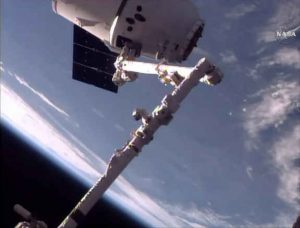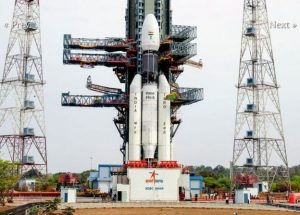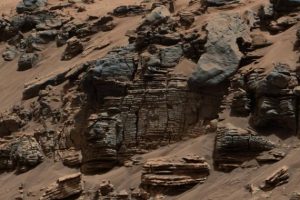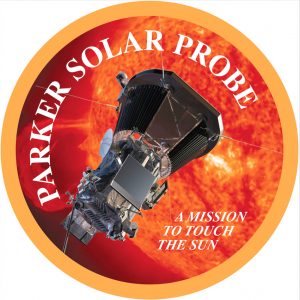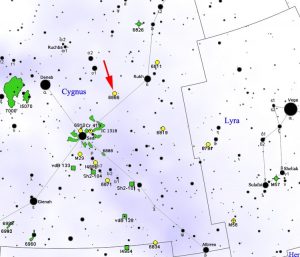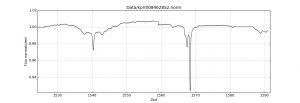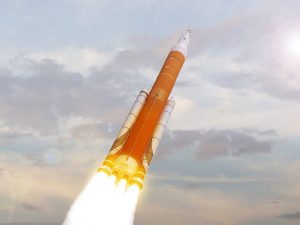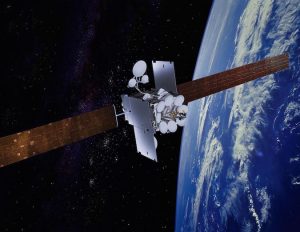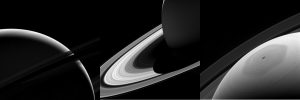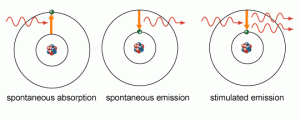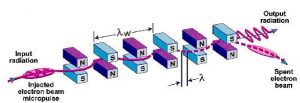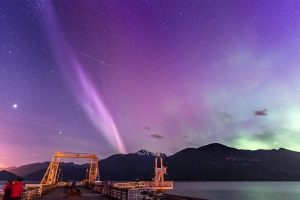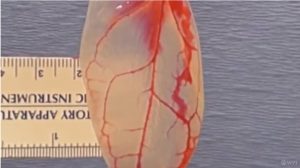It seems like every couple of years there’s a new discovery of ‘Human’ fossils that ‘Completely Rewrites’ the history of our species. If you’re not paying attention it almost looks as if paleontologists have no idea of what they’re talking about and they contradict each other every time they find a new bone or tooth. Indeed creationists very often make just this argument and it’s hard to know just what the truth is.
The recent publication of the discovery of the oldest fossils of Homo Sapiens from Morocco by Jean-Jacques Hublin et al fits into this drama with even the prestigious journal Nature, which published the paper, used the phrase ‘rewrites our species’ history’. Notice however they don’t say completely rewrites and they’re only talking about our one species, not the ancestral species that evolved into us.
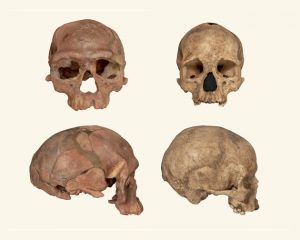
Therefore, before I discuss the significance of the work of Doctor Hublin and his co-authors I’m going to give a little background to add some context.
In 1871 Charles Darwin published “The Descent of Man’ in which he boldly predicted, without any fossil evidence at the time, that the origin of Humanity would be found in Africa. Today the evidence is so overwhelming, in numbers, variety and age of fossils that no paleoanthropologist doubts that Darwin was correct.
In fact much of the confusion that gets into the press is due to the great variety of different ancestors and cousins that working out the precise path that led to us is difficult. There are other species within the genus Homo, upright walking apes who used tools like H habilis, H erectus and H neanderthalis to name the best known members. (it is a common practice to shorten the genus name to just the first letter in multiple usages)
At the same time there are also species of upright walking apes who did not use tools, members of the genus Australopithecus like A afarensis, A africanus and A robustus. I doubt even Darwin would have predicted their existence but I’m certain it would have pleased him.
The basic path from ape to us, and I do mean basic, is that about 7 million years ago the increasing size of the savannas in Eastern Africa induced a tree dwelling ape to move out into the grassland and begin walking upright. There is strong evidence that by 3.7 million years ago the species A afarensis, the famous “Lucy” and her kind, were walking as well as you or I.
There is no evidence of extensive tool use by A afarensis however, the earliest tools discovered so far are associated with the species H habilis at sometime after 3.4 million years ago. In broad terms H habilis evolved into H erectus which then evolved into both H neanderthalis and H sapiens, us that is. If you like a more thorough review of how humanity evolved I strongly suggest the Smithsonian Institute’s ‘Introduction to Human Evolution’ which you can find by clicking on the link below.
http://humanorigins.si.edu/education/introduction-human-evolution
Now remember, the new discovery by Doctor Hublin and his co-authors only effects us, only changes H sapiens, the last little part of 4 million years of evolution. This discovery is important but the broad outline of our evolution hasn’t changed a bit.
So now we can talk about what an important find Doctor Hublin has made and just what it means. At a site along the Atlantic ocean in Morocco in North Africa human bone fragments, including skull fragments have been found in association with stone tools. The bones have been identified as belonging to our own species, Homo sapiens and have been dated to about 315,000 years ago. These remains are about 100,000 years older than any previous finds and come from the wrong side of Africa!
According to Doctor Hublin, “Until now the common wisdom was that our species emerged probably rather quickly somewhere in a ‘Garden of Eden’ that was located most likely in sub-Sahara Africa”. The recent finds cast considerable doubt on this scenario indicating that our species evolved more slowly and across the entire continent.
But I have to say for myself, if you look at the ancient skull in the picture above, the brow ridge over the eyes, the wide face and low cranium say Neanderthal to me. Now we know the Neanderthals were living in Spain by 250,000 years ago and Spain is just north of Morocco. Could these humans have crossed the Straight of Gibraltar and become the Neanderthals? We need more data, more finds.
That’s the real point here. We need more finds, more bones. The broad outline of how our species came to be is well understood. We need to fill in all the details. If you’d like to read more about the finds by Doctor Hublin and his associates click on the link below.
https://www.nature.com/news/oldest-homo-sapiens-fossil-claim-rewrites-our-species-history-1.22114

